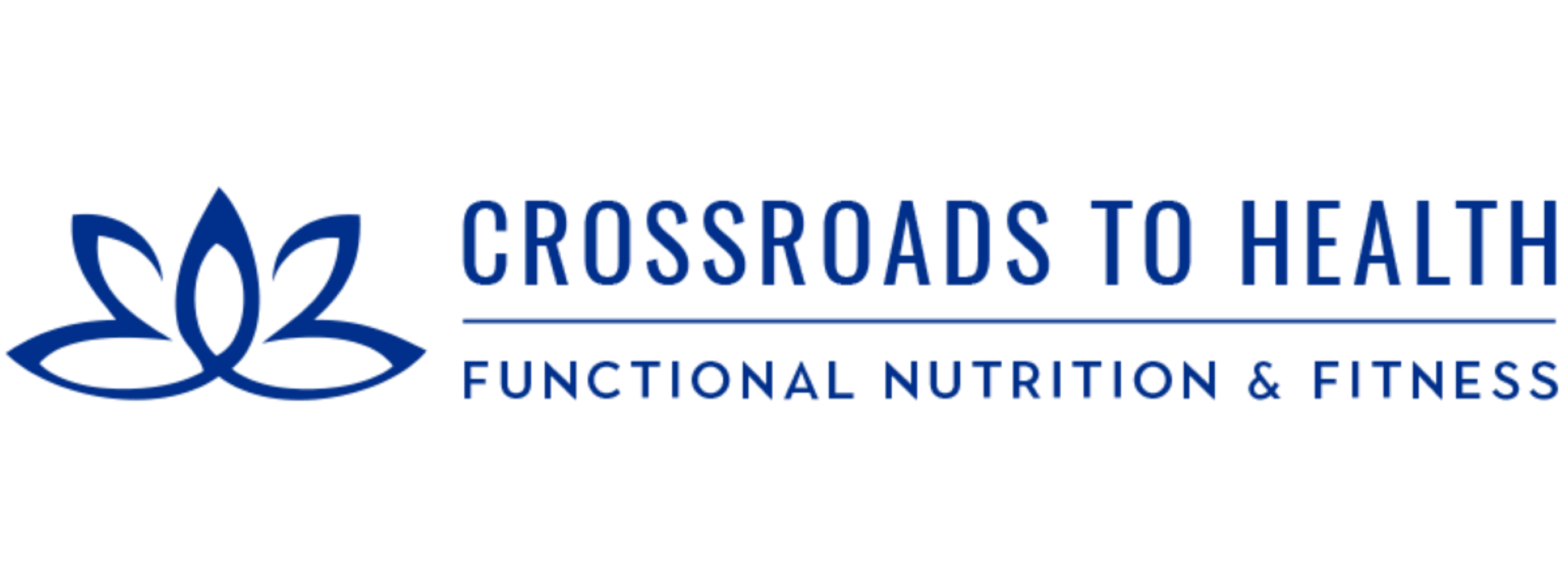Toxic Sunscreens
The Environmental Working Group (EWG) recently published their guide to safe sunscreens. They reviewed over 2000 sunscreens and over 257 brands. They found more than 75% of the sunscreens contained toxic chemicals that can increase your risk of cancer and other health issues.
A recent study published in Environmental Science Technology has also shown the common sunscreen ingredients oxybenzone, methoxycinnamate, and PABA are estrogenic chemicals linked to cancer. Reading labels not only on food products but also sunscreen and body care products is very important because toxins are absorbed into the bloodstream.
Non-mineral sunscreens penetrate the skin, are potentially disruptive to hormones, are allergenic, and like I mentioned earlier, can release free radicals when they break down. Oxybenzone is the most common ingredient found in sunscreens. Scientists recommend not using sunscreens containing oxybenzone on children because of this hormone disruption.
Mineral sunscreens are ones containing zinc, or titanium. These do not breakdown in sunlight, are not usually absorbed ( so do not disrupt the body’s hormones), are not allergenic and are more effective at blocking UVA rays than non-minerals. These sunscreens are a good choice for children and according to EWG have the best safety profiles of the choices in the United States.
Some of the best brands include: Kiss My Face, Jason and Aubrey Organics.
Actions Steps 1. Get 20+ minutes of sunshine daily 2. Cover up with light clothing before you get burnt 3. Wear natural sunscreen if you’re going to stay out for a long period of time 4. Eat a diet high in anti-oxidants to protect your skin 5. If you get burnt, use a mixture of aloe, coconut oil and vitamin E on your skin
The Dangers of Conventional Sunscreens
According to research from the EWG: Our review…shows that some sunscreen ingredients absorb into the blood, and some have toxic effects. Some release skin-damaging free radicals in sunlight, some act like estrogen and disrupt hormones, and several can cause allergic reactions and skin irritation. The FDA has not established rigorous safety standards for sunscreen ingredients. Sunscreens haven’t been regulated since 1978 in the USA, and the SPF factor only tells you how effective a sunscreen is against UVB rays which cause sunburn.A recent study published in Environmental Science Technology has also shown the common sunscreen ingredients oxybenzone, methoxycinnamate, and PABA are estrogenic chemicals linked to cancer. Reading labels not only on food products but also sunscreen and body care products is very important because toxins are absorbed into the bloodstream.
List of Unsafe, Toxic Chemicals in Sunscreen
- Para amino benzoic acid
- Octyl salicyclate
- Oxybenzone
- Cinoxate
- Dioxybenzone
- Phenylbenzimidazole
- Homosalate
- Menthyl anthranilate
- Octocrylene
- Methoxycinnamate
- Parabens
Non-mineral sunscreens penetrate the skin, are potentially disruptive to hormones, are allergenic, and like I mentioned earlier, can release free radicals when they break down. Oxybenzone is the most common ingredient found in sunscreens. Scientists recommend not using sunscreens containing oxybenzone on children because of this hormone disruption.
Mineral sunscreens are ones containing zinc, or titanium. These do not breakdown in sunlight, are not usually absorbed ( so do not disrupt the body’s hormones), are not allergenic and are more effective at blocking UVA rays than non-minerals. These sunscreens are a good choice for children and according to EWG have the best safety profiles of the choices in the United States.
Some of the best brands include: Kiss My Face, Jason and Aubrey Organics.
Actions Steps 1. Get 20+ minutes of sunshine daily 2. Cover up with light clothing before you get burnt 3. Wear natural sunscreen if you’re going to stay out for a long period of time 4. Eat a diet high in anti-oxidants to protect your skin 5. If you get burnt, use a mixture of aloe, coconut oil and vitamin E on your skin

